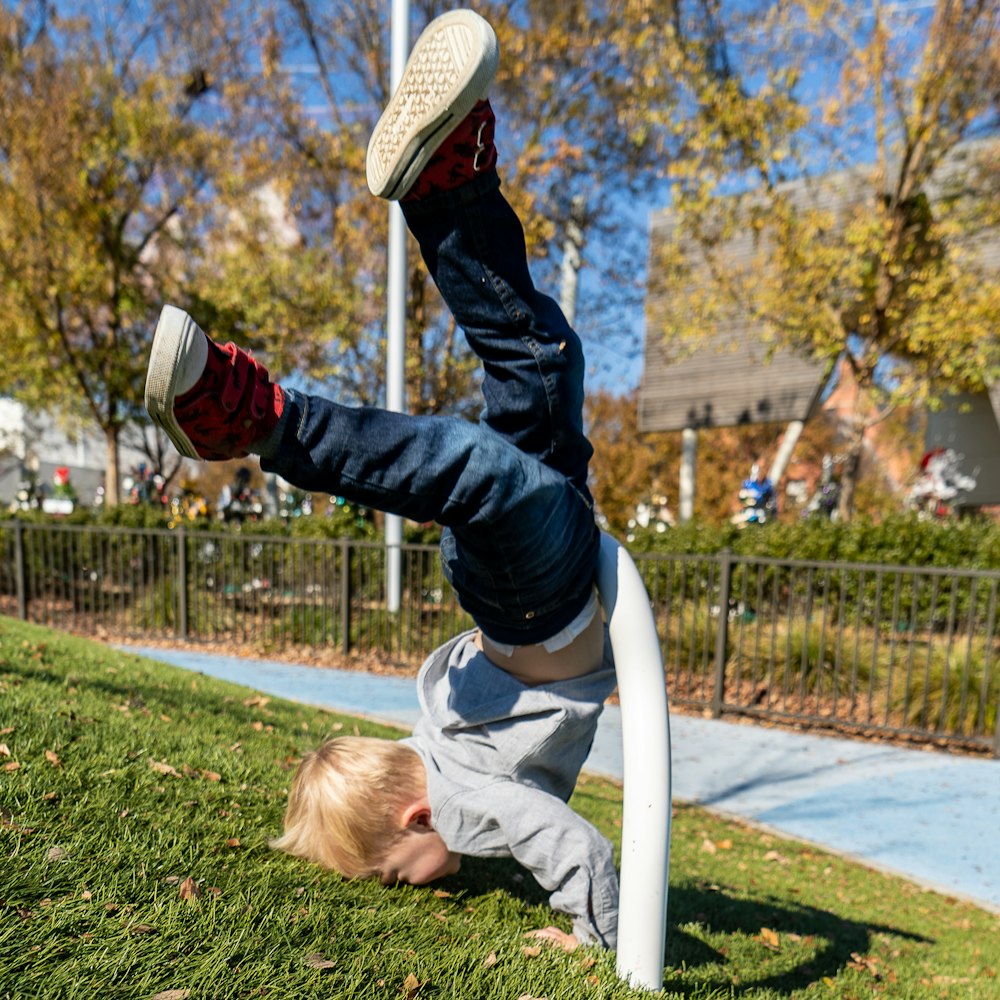目次
運動失調症例の転倒に関連する要因は?
運動失調症例で問題となることが多いのがバランス障害による転倒です.
しかしながらどういった症例が転倒しやすいのでしょうか?
今回は運動失調症例の転倒に関連する要因を考えるうえで参考になる論文をご紹介させていただきます.

今回ご紹介する論文
Descriptive Report
Increased stride time variability is associated with a higher risk of falls in patients with ataxia after stroke
Yuichiro Yamasaki
Physiotherapy Theory and Practice
An International Journal of Physical Therapy
Published online: 21 Nov 2023
今回ご紹介する論文は2023年に掲載された論文です.
研究の背景
Patients presenting with ataxia are at high risk of falling, however, there are limited studies evaluating fall factors restricted to patients presenting with ataxia due to stroke.
運動失調を呈する症例は転倒リスクが高いことが知られておりますが,脳卒中による運動失調を呈する症例に限定して転倒要因を評価した研究は限られております.
研究の目的
This study aimed to examine the characteristics of patients with ataxia after stroke based on their motor function to identify variables associated with fall occurrence.
この研究では脳卒中後の運動失調症例の特徴を運動機能に基づいて検討し,転倒発生に関連する変数を同定することを目的としております.
研究の方法
We divided 33 participants who presented with ataxia after stroke into fall and non-fall groups. Data on motor function, cognitive function, and daily functionality were extracted from their admission records. Walking ability was measured as comfortable walking speed and Stride Time Variability (STV). Independent sample t-tests, Mann – Whitney U tests, and multiple logistic regression analysis were performed.
脳卒中後運動失調を呈した33例を転倒群と非転倒群に分類しております.
運動機能,認知機能,日常生活機能に関するデータを入院記録から抽出しております.
歩行能力は快適歩行速度と歩幅時間変動(STV)で評価を行っております.
2標本t検定,Mann – Whitney U検定,多重ロジスティック回帰分析を用いて解析を行っております.
研究の結果
There were significant differences between fallers and non-fallers in the STV (p < .001), Mini-Balance Evaluations Systems Test score (p < .014) and Scale for Assessment and Rating of Ataxia score assessment (p < .028). In the multiple logistic regression analysis, only STV was associated with an increased risk of falls (p < .02). The area under the receiver operating characteristic curve was 0.839; the cutoff value of gait cycle variability for falls was 6.345% (sensitivity, 80.0%; specificity, 74.0%).
転倒者と非転倒者の間には歩幅時間変動(p<0.001),ミニバランス評価システム検査スコア(p<0.014),運動失調スコア評価尺度(p<0.028)において有意差がありました.
多重ロジスティック回帰分析では歩幅時間変動のみが転倒リスクの増加と関連しておりました(p < .02).
ROC曲線下面積は0.839,転倒に対する歩行周期変動のカットオフ値は6.345%でありました(感度、80.0%;特異度、74.0%).
研究の結論
Increased stride time variability is a useful indicator that sensitively captures fall risk in patients with ataxia after stroke.
歩幅時間変動の増加は脳卒中後の運動失調症例における転倒リスクを敏感に捉える有用な指標であると考えられます.
今回は運動失調症例の転倒に関連する要因を考えるうえで参考になる論文をご紹介させていただきました.
非常に興味深いですね.
運動失調症例でも歩行のバラツキが転倒に関連するといった結果ですね.






